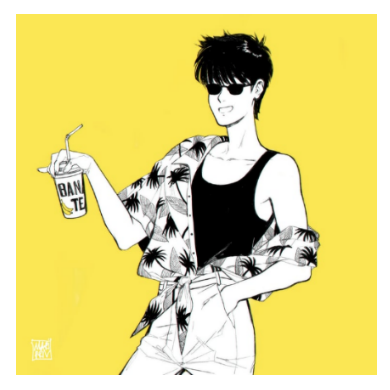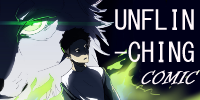○Welcome to Plumed Nyst Breeding Center!○
Here you may breed your plumed nyst!
Rules/Guidelines
○Don't ask for someone's nyst's offspring if it's not UFA
○Don't claim or copy other people's nysts or offspring
○Only 6 Nyxes per. User, 8 per. artist.
○Do not breed nysts on your own
○Only opposite genders can become a breeding pair
○Do not whine if you dislike the outcome of the offspring
○Don't claim or copy other people's nysts or offspring
○Only 6 Nyxes per. User, 8 per. artist.
○Do not breed nysts on your own
○Only opposite genders can become a breeding pair
○Do not whine if you dislike the outcome of the offspring
Form:
(If breeding your nyst with another user's nyst, both of you must submit a form- I will save a spot for the first person who applies so that the other user has time to submit one as well)
Note that the artist will chose how many offspring there are in your nyst's litter, and also the genders.
- Code: Select all
[i]I want to breed nysts![/i]
[b]Name of female:[/b]
[b]Name of Male:[/b]
[b]Username of other owner (If breeding your nyst with someone else's):[/b]
[b]Have you read the rules/guidelines and info about this?[/b]
Lovenature100 wrote:What are Plumed Nysts?
General:
Plumed Nysts, also known as Mountain Peacocks, are agile lamb-sized creatures which live at high elevations. Their name comes from the large "plume" of feathers, bigger on the male than the female. They use these feathers for attracting mates, scaring off predators, and intimidating rivals. Plumed Nysts live for a very long time, fourty-sixty years depending on where they live. Nysts, instead of fur, have feathers, even though they are mammals. They have two layers of feathers, extremly fine, fur-like down that keeps them warm, and larger, bird-like feathers to keep out wetness and such. Nysts eat berries and such when they need to, but usually rely on rodents and birds to keep them fed. Occasionally they can be seen taking down a larger animal, such as mountain goat, hunting in small packs of five to ten Nysts. Plumed Nysts usually live within only their close relatives, te parents, grandparents, single aunts and uncles, and siblinbgs. Sometimes though, when food gets scarce, families join up to make larger packs.
Coloration:
Plumed Nysts usually have a at least some natural pelt with any colored markings, they never have a bright/neon unnatural colored base, and uncommonly have an bright/unnatural base. Solid colors are also rare. Both gender's plumes have dazzling patterns and colors, there are almost no limits to their plumes. Their colors usually go together well and never clash. There are many variations of plumed nysts, some rarer than others. The rarest ones are the ones come from the himilayas, those are specail because they sometimes have glowing feathers, adapted to locate each other in the fierce and sudden snowstorms.
Some other varieties include African Nysts, which are always spotted or striped very boldly.
Behavior:
Plumed Nysts can be very active, playful pets and need a lot of care. They require lots of attention and if their owner takes good care of them, a Plumed Nyst can grow very attached to the owner. When you first bring them home, Plumed Nysts will want to explore and test out everything, so be prepared to keep an eye on them.
Lovenature100 wrote:Breeding Nysts
A little bit about plumed nyst breeding...
Plumed nysts usually pair for life, but some may "divorce" and find a new partner if they feel the urge to do so. Plumed Nysts always lay eggs, but we keep the eggs until they hatch and give you the offspring as puppies. Eggs are about the size of chicken eggs and are shaped like pears, to keep them from rolling off of cliffs. They hatch in 2-3 weeks and result in puppies the size of a chick, then they begin to grow explosively to reach their adult size in about 2 years.
More helpful info...
Plumed Nysts can only breed up to 4 times, and can only lay up to four eggs per litter. 2 eggs is the most common result, 1 egg is very uncommon, 3 eggs is super rare, and 4 eggs is almost unheard of.
Lovenature100 wrote:Breeding Pairs
...
Lovenature100 wrote:Genetics
Some guidelines for how your pair will turn out:
○Bold patterns are most likely to show in offspring
○If male is a different subspecies (from a different location) than female, the male's will most likely show. There are no "hybrids" where both subspecies show, the offspring will either be one subspecies or another.
○Bold colors are most likely to show in offspring














